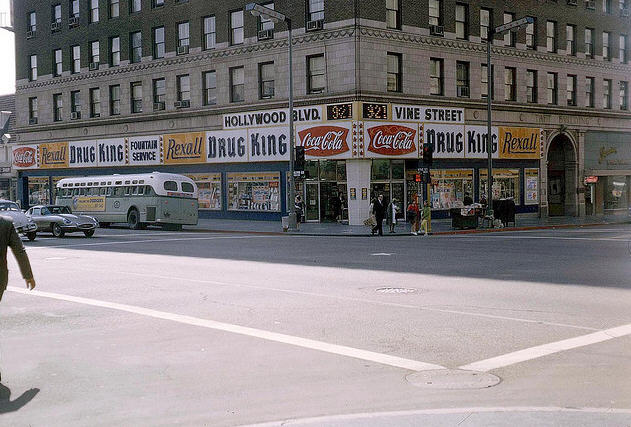How should parents react to tragic murder of 8-year-old boy
Like any civilized person, I was shocked, disgusted and pained by the news that the dismembered remains of Leiby Kletzky, an 8-year-old from Brooklyn, were found in a dumpster and a refrigerator. The boy reportedly was walking by himself when he asked a stranger for directions. That stranger was probably the last person Leiby saw.
Stranger danger
When I heard the story today my first thought was that it could herald a return to “stranger danger,” the notion that kids need to be protected from or even kept away from strangers who might do them harm. But, as tragic as this case is, it is not proof that strangers are necessarily dangerous. Far more children are harmed by people they know than by so-called strangers. And, based on photographs and descriptions of the alleged killer, this “stranger,” probably didn’t look or seem all that strange to a fellow Orthodox Jew. Homicides against children, according to the Crimes Against Children Research Center, “are mostly committed by family members.” The research center has also observed that youth crime victimization, including homicide, “has declined since 1993.”
As soon as I heard about the story, I thought about my friend Lenore Skenazy, the author of Free Range Kids who also blogs about kids and safety. Lenore had been branded “America’s worst mom,” after writing that she let her 9-year-old son ride in the subway by himself. She defended the practice at the time and continues to do so. In response to the tragedy, she blogged that “we are faced with a worst-case scenario that could end up re-defining childhood as did the Etan Patz case 30 years ago.” And as hard as it is to agree with her, I have to admit that she made sense when she wrote, “it is really hard to even suggest that life continue on as normal, but that is what I truly believe is the only response to this crime. Not that we take it in stride — I think it will always hurt. But that we take it in context.”
It’s not like when I was a kid
When I was a kid — back in the sixties — it was common for parents to allow their kids to wander around by themselves. I rode my bike all around the San Fernando Valley suburbs of Los Angeles and sometimes I’d take a bus to visit my father’s law office on the corner of Hollywood and Vine. While my dad was meeting with clients, I’d walk around Hollywood — pausing in front of the Brown Derby to see if I could spot a celebrity or I’d grab a Coke at the Rexall drug store downstairs from his office. As it turns out, the most dangerous thing I did on those days was to consume Coca Cola. Other than being a slightly obese child, I was otherwise pretty safe. But that was back in the sixties you say — surely it’s not safe for kids to walk around today. Well, things are different today but different in a good way. Statistically, kids and the rest of us are actually safer today than we were in the sixties. The New York Post recently reported that crime in New York City is the lowest it’s been since 1961.
Safety is more than the absence of danger
While we mourn the death of young Leiby, we must remember that safety is more than just the absence of danger. It’s the presence of a full and happy life — a life that’s not dominated by fear. Of course we must do all we reasonably can to protect our children from crime, and I wouldn’t blame any parent for reacting by wanting to not just hug their kid, but bubble wrap them and hover over them to protect them from anything that could possibly harm them. Perhaps it is a good time to remember how much we love our children and let them know, but it’s not a time to lock them up, keep them from the world, prevent them from exploring or fill them with fear.
Teach your children well
Of course we should teach our children about safety around acquaintances and strangers alike. The National Center for Missing and Exploited Children has some excellent resources includig the advice that it’s “more beneficial to help build children’s confidence and teach them to respond to a potentially dangerous situation, rather than teaching them to look out for a particular type of person.” But as we teach safety, we need to be careful not to instill fear. Fear paralyzes, awareness mobilizes.
Rest in peace young Leiby. Your untimely death is a loss to all of us. And while your death is a reminder that we need to teach kids to be aware of potential danger, it’s not a reason to rob other children of their childhoods.

Leave a comment
You must be logged in to post a comment.